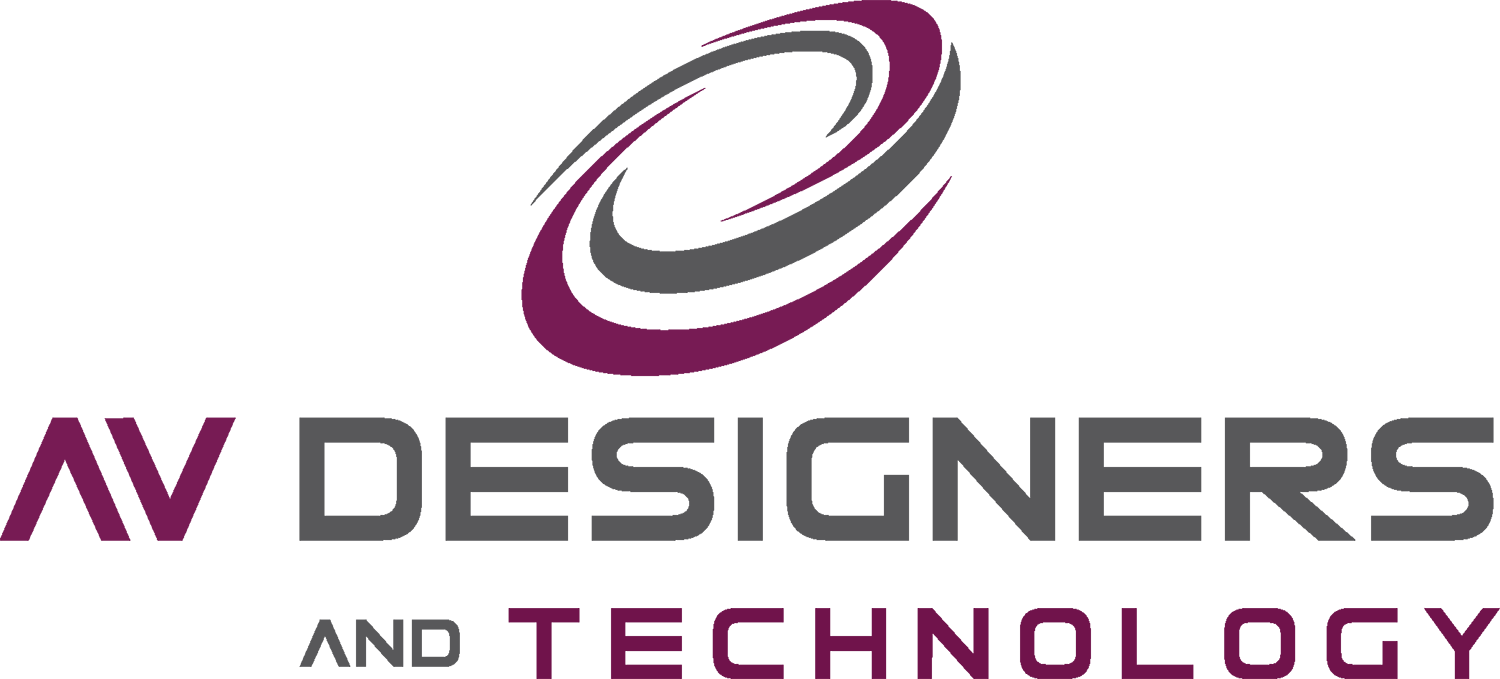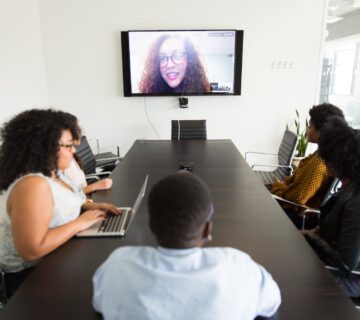How to Create a More Efficient Conference Room
The COVID-19 pandemic has forced business owners to reimagine both the ways in which their companies work and the physical spaces in which that work happens. Consequently, offices have undergone minor makeovers. In general, fewer workers are present each day. New signage enforces social distancing guidelines. Huddle rooms — and other spaces typically reserved for collaboration — have been repurposed as single-person offices. All of these adjustments signal the end of open offices and provide a blueprint for the new normal of work.
This year has been a time of drastic change for businesses across the globe. As workers return to their offices, they can take comfort in one thing that isn’t changing: video conferencing.
That’s right. The Zoom, Teams, Skype, Webex, and several other meeting formats that have become mainstays of the modern workday aren’t going anywhere. Working through the pandemic has taught business owners that video conferencing offers a cost-effective alternative to travel. With this shift, corporate conference rooms have taken on a renewed significance. No longer limited to internal business, these rooms provide meeting spaces for employees and clients alike.
How then can business owners optimize their conference rooms for high-quality video conferencing? In this blog post, we’ll explore conference room A/V solutions that make it easier to collaborate with remote co-workers and connect with clients.
Conference Room A/V Solutions
Before you invest in video conferencing technology, consider the size of your space and the scale of your budget. No matter which A/V solutions you choose to install, remember that all of your conference room technology should be current, accessible and secure. There’s no one-size-fits-all conference room A/V system, but more often than not, businesses outfit these versatile spaces with the following four types of A/V technology.
Acoustic Treatments
When you’re conferencing with clients, you should sound like, well, you. But if your conference room isn’t outfitted with acoustic treatments, echoes and inconsistent audio may interrupt your meetings.
Installing high-quality speaker and microphone systems doesn’t always guarantee a high-quality audio experience. Even the best speakers and microphones don’t perform well in certain environments. By limiting reverberations and outside noise, acoustic panels and other sound solutions help you get the most out of your equipment. They create a natural-sounding room, increasing articulation and intelligibility.
Digital Signage/Room Scheduling
Essential for coordinating internal meetings and preventing unwelcome interruptions, digital signage is a cost-effective and customizable conference room tool. By leveraging LCD, LED or 4K monitors and digital projectors, you can notify employees when conference rooms are being used and share vital information about upcoming meetings. In addition, businesses may utilize digital signage to facilitate conference room reservations.
Displays
Perhaps the most important pieces of conference room technology, displays allow team members to meet face-to-face with remote employees and clients. To determine which displays are best for your conference room, consult with an A/V expert. Businesses with larger conference spaces may consider installing video walls, which provide a more immersive conferencing experience, while businesses with smaller conference rooms may choose to use multiple monitors or projector screens.
Cameras
Different camera types based on room size and layout. auto tracking PTZ cameras that focus on the person speaking, auto framing cameras that determine where people are sitting in the room and frame the image accordingly. Cost-effective wide-angle fixed cameras for rooms that do not need moving or framing cameras.
Sound Systems
Make sure that clients and remote collaborators don’t miss a word. Application-specific sound systems provide high-quality audio for every meeting and presentation. Additionally, when equipped with the right speaker and microphone system, conference rooms provide a much-needed escape from the noise and bustle of shared office spaces. As is the case with displays, different conference rooms require different sizes and types of sound systems. Before you select an audio system for your conference room, consult with an A/V expert.
Optimize Your Space for Work’s New Normal
Following the COVID-19 pandemic, business owners across the country are hustling to build safer, more efficient offices. This endeavor starts in the conference room.
Is outdated technology preventing you from serving your customers? AV Designers can help. Regardless of the size of your project or the constraints of your budget, our skilled technicians will deliver A/V solutions that lead to higher-quality video conferencing. Contact us today for comprehensive consultation, design and installation services.






